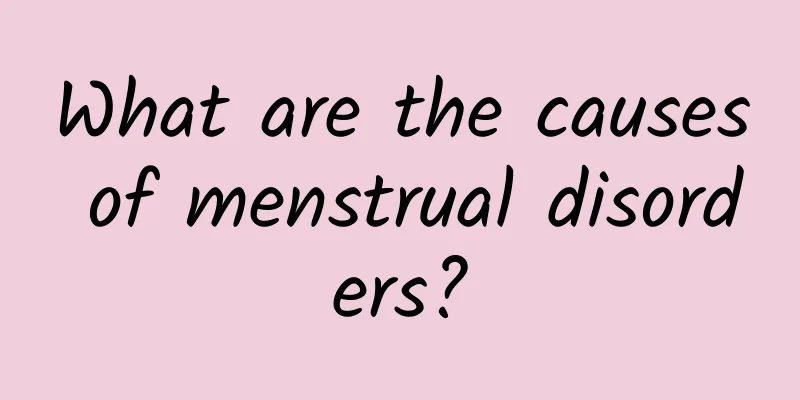Will cervical polyps disappear on their own after menopause?

|
Cervical polyps may disappear on their own after menstruation stops, but this varies from person to person and depends on the size and type of the polyp and your individual health. Generally, smaller functional polyps may resolve on their own after hormone levels change, while larger or symptomatic polyps usually require medical intervention. 1. Causes of cervical polyps The formation of cervical polyps is related to many factors. Genetic factors may make individuals susceptible to polyps; environmental factors such as long-term inflammatory stimulation or infection such as chronic cervicitis may also induce polyps; physiological factors such as hormone level fluctuations, especially high estrogen levels, are often related to the occurrence of polyps; trauma such as multiple births or cervical surgery may damage cervical tissue and increase the risk of polyps; certain pathological conditions such as cervical glandular cysts or cervical precancerous lesions may also be accompanied by the appearance of polyps. 2. Treatment method For cervical polyps that do not disappear after menopause, it is recommended to choose the following treatment methods according to the specific situation: Drug treatment: The use of progesterone drugs to regulate hormone levels may help the regression of functional polyps; antibiotic treatment can be used to eliminate infectious inflammation; non-steroidal anti-inflammatory drugs can relieve symptoms. Surgical treatment: Hysteroscopic polypectomy is a commonly used and minimally invasive method; electrosurgical resection is suitable for larger polyps; cold knife resection can be used for complex cases, and regular follow-up is required after surgery. Lifestyle adjustments: Pay attention to personal hygiene and avoid using irritating lotions; maintain moderate exercise to enhance immunity; consume more foods rich in vitamins and antioxidants, such as dark vegetables and berries. 3. Special circumstances If irregular bleeding, abnormal secretions or continued enlargement of polyps occur after menopause, you should seek medical attention in time to rule out the possibility of malignant transformation. For recurrent polyps or other cervical lesions, a personalized treatment plan should be developed according to the doctor's advice, and other treatment methods should be combined if necessary, such as cryotherapy or laser therapy. The management of cervical polyps needs to be combined with individual conditions and regular gynecological examinations. Whether it disappears after menopause depends on many factors. It is recommended to observe or treat under the guidance of a professional doctor to avoid blindly waiting and delaying the disease. |
<<: How to treat moderate cervical erosion
>>: How to treat functional uterine bleeding
Recommend
Are there any sequelae after hysterectomy?
Are there any sequelae after hysterectomy? The ca...
Women should pay attention to the prevention of vaginitis in daily life
Vaginitis is a common disease and can cause great...
What should patients with adnexitis pay attention to in their daily lives?
What should patients with adnexitis pay attention...
What should people with uterine fibroids eat?
What is the best food for people with uterine fib...
How are uterine fibroids classified?
Compared with a decade ago, uterine fibroids are ...
Eating less and exercising more is still difficult to lose weight. Waist, hips and thighs are the top three
I have tried hard to eat less and exercise more, ...
Does surgery for hyperprolactinemia have a high cure rate?
Does surgery for hyperprolactinemia have a high c...
Many people may not understand how long it will take for abdominal pain to occur after taking the medicine for medical abortion?
After taking the medicine for medical abortion, y...
When is the best time to have an abortion?
Abortion generally refers to artificial abortion....
What is the CIN level of chronic cervicitis in women? What is the treatment for chronic cervicitis in women?
If you suffer from chronic cervicitis, you must f...
Insomnia, obesity, dizziness...may be caused by autonomic nervous system disorder!
If you want to regain your slim figure and get ri...
Are you a skinny fat person or a puff person? Nutritionist reveals: 6 foods that accelerate fat loss during exercise
Are you a puff person who is thin on the outside ...
Understand the symptoms of vaginitis and detect the disease as early as possible
Among gynecological diseases, vaginitis has the h...
What are the symptoms of pelvic peritonitis
Pelvic peritonitis causes patients to experience ...
5 typical symptoms of ectopic pregnancy
Ectopic pregnancy refers to the fertilized egg be...









